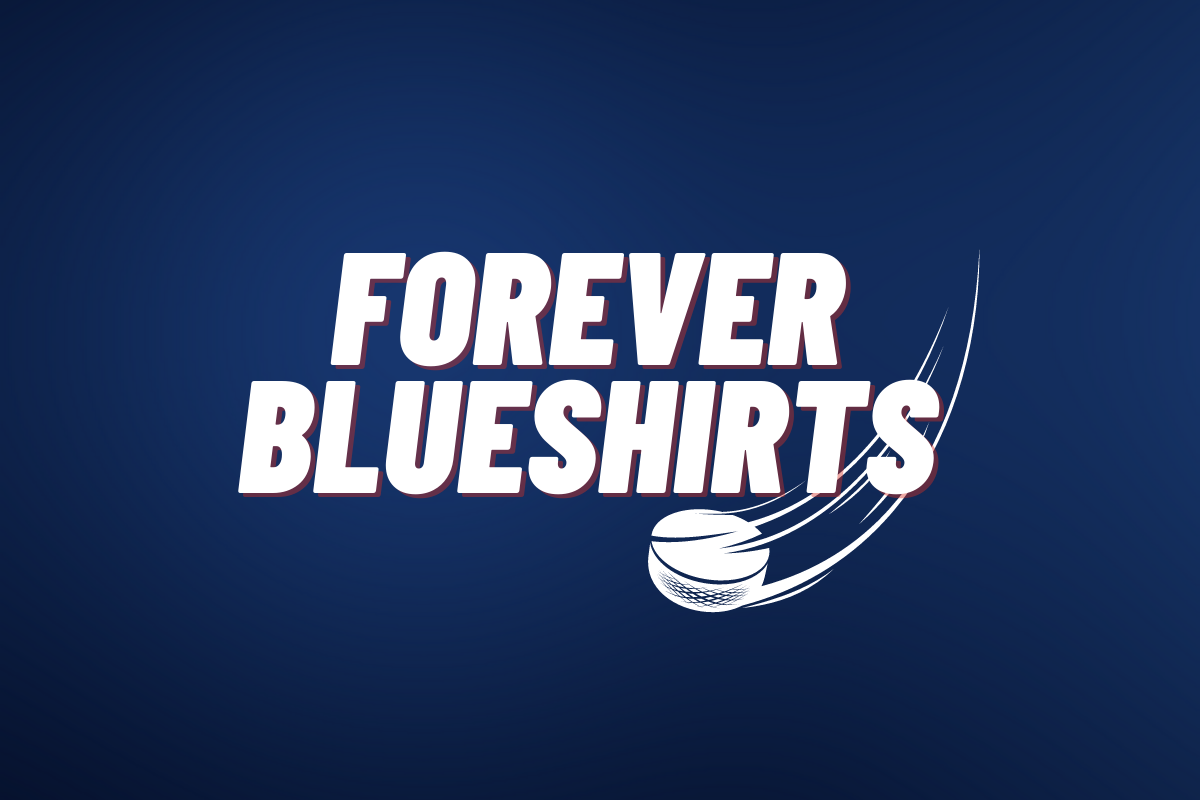Georgiev adds interesting twist to Rangers future goalie plans

The New York Rangers are in a position few teams find themselves in throughout the years. They have a young goalie stepping up and putting up great numbers in relief of their starter, while also having one of the top goalie prospects in the world potentially coming over this summer. So the question has to be asked: What should the Rangers do with Aleksandar Georgiev?
When the Rangers drafted Tarmo Reunanen in 2016, few fans knew they would later also acquire the goalie playing on the same team. In the 2015-16 season, both Reunanen and Georgiev played for TPS U20 in the Junior A SM-Liiga. Personally, I believe this is where the Rangers organization first noticed Georgiev who had played 14 games in Liiga the prior season and would go on the represent Russia at the World Juniors at the end of 2015.
When the news was announced in August 2017, I doubt many Ranger fans knew who he was and why the Rangers acquired him. They had Shestyorkin coming through, Pavelec backing up Lundqvist and at the time many fans had high hopes for Brandon Halverson. Fast forward 2 years and you can see why they acquired him. Not only did he develop into a nice goalie, but this also shows how unpredictable goalies can be. But what should the Rangers do now? Is there room for both Shestyorkin and Georgiev?
One of the names people will use as a comparison is Cam Talbot. The Alabama-native was traded in 2015 at the draft to Edmonton in exchange for a 2nd, 3rd and 7th round pick. The overall response at the time wasn’t positive. A lot of fans had expected at least a 1st round pick for Talbot but was that a reasonable expectation? And how does that translate to today’s situation with Georgiev? The reason Talbot did not return a 1st round pick where others like Robin Lehner and Martin Jones did is more clear when looking at the contract situation at the time.
Both Lehner (age 24) and Jones (age 25) were restricted free agents which gives the acquiring team control over their newly acquired asset. Cam Talbot was 1 week away from turning 28 at the time of the trade and had a 1-year contract that would make him an unrestricted free agent a year later. That one-year contract also affected the value, since a team cannot negotiate an extension until January 1st if a player is signed to a 1-year deal. All things considered, it made sense why Talbot returned a 2nd. 3rd and 7th instead of that coveted 1st round pick.
- There were younger goalies on the market
- Those goalies were cost-controlled
- Talbot’s contract situation limited the acquiring team in negotiations
Back to 2019 and Georgiev. When looking at the FA group among goalies the following goalies could affect his value as comparables: Petr Mrazek, Brian Elliott, Laurent Brossoit, Linus Ullmark. But Georgiev is younger, comes with a cheaper contract that runs for 1 more year at $792,500 and 4 more years of RFA eligibility. That should make him a more desirable target for teams looking to acquire a goalie.

It would give the Rangers a potential 1st rounder at the draft, adding to the 2 and potentially 4 they could have already while at the same time opening a spot for Shestyorkin to step in as Lundqvist’s backup. Which brings me to the other elephant in the room: Shestyorkin’s situation. Despite the reports being false regarding him wanting a guaranteed spot on the Rangers, it does shed light on a problem teams have today signing Russian prospects.
Under the current CBA, an entry level contract has several limitations, with one being the salary structure. Entry level contracts are always 2-way deals which means a player gets a lower salary while in the minors (AHL/ECHL). The highest minor league salary a player can receive under an ELC is $70,000 which is lower than what most Russian prospects make in the KHL.
A potential safety net for Shestyorkin could come in the form of what the NHL calls a “European Assignment Clause”. According to the CBA (Article 11.19, page 52), such a clause is valid and for the duration of the assignment the contract will be “frozen” until the player returns. In the case of an assignment to the KHL, the duration of the assignment expires on April 30th or the moment the KHL team releases the player. This clause is common in recent years and this past season Winnipeg Jets forward Kristian Vesalainen used it to his advantage after failing to secure a spot on the NHL team, by moving to Jokerit in the KHL for the remainder of the season.
All things considered, this is the most likely scenario if Shestyorkin signs his entry level contract with the Rangers this summer. Paired with a potential Georgiev trade resulting in a 1st round pick coming our way, the Rangers could reap the benefits of a very weak 2014 NHL draft by the team. A player who has the word “YORK” in his name has to make it to Madison Square Garden.
More About:New York Rangers Features New York Rangers News New York Rangers Rumors
